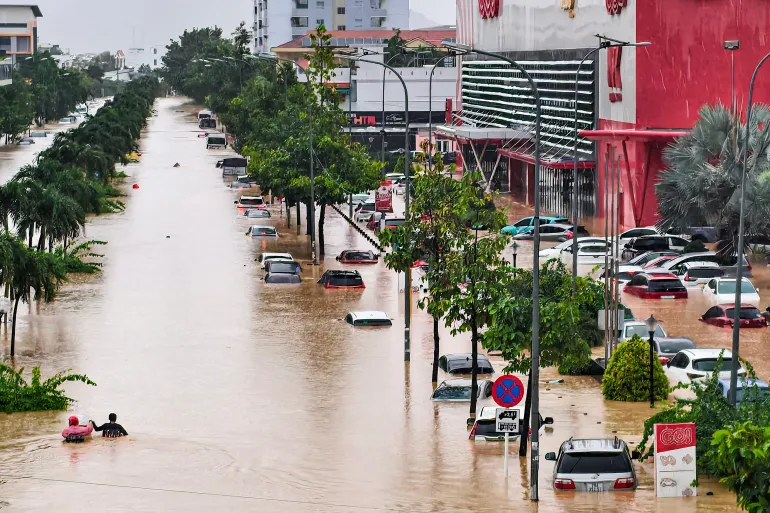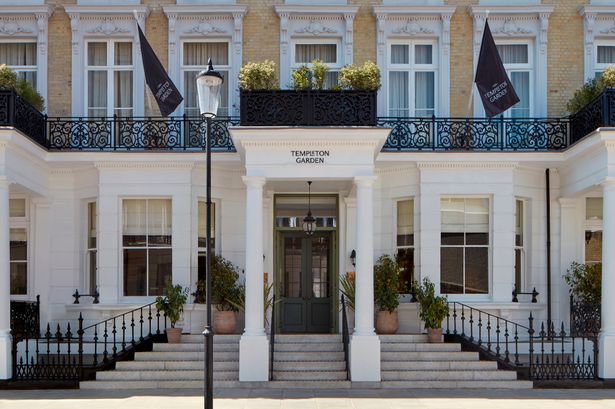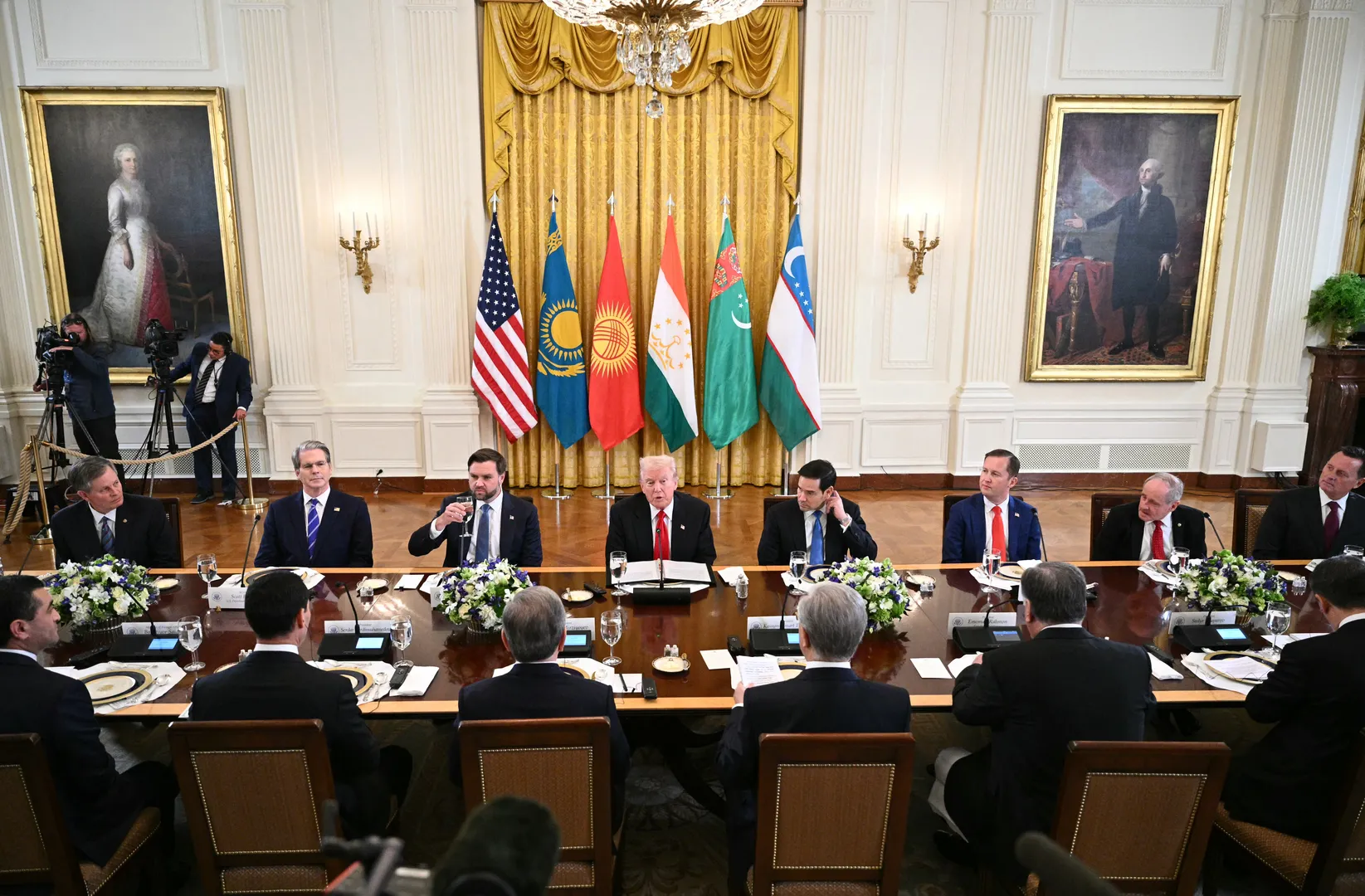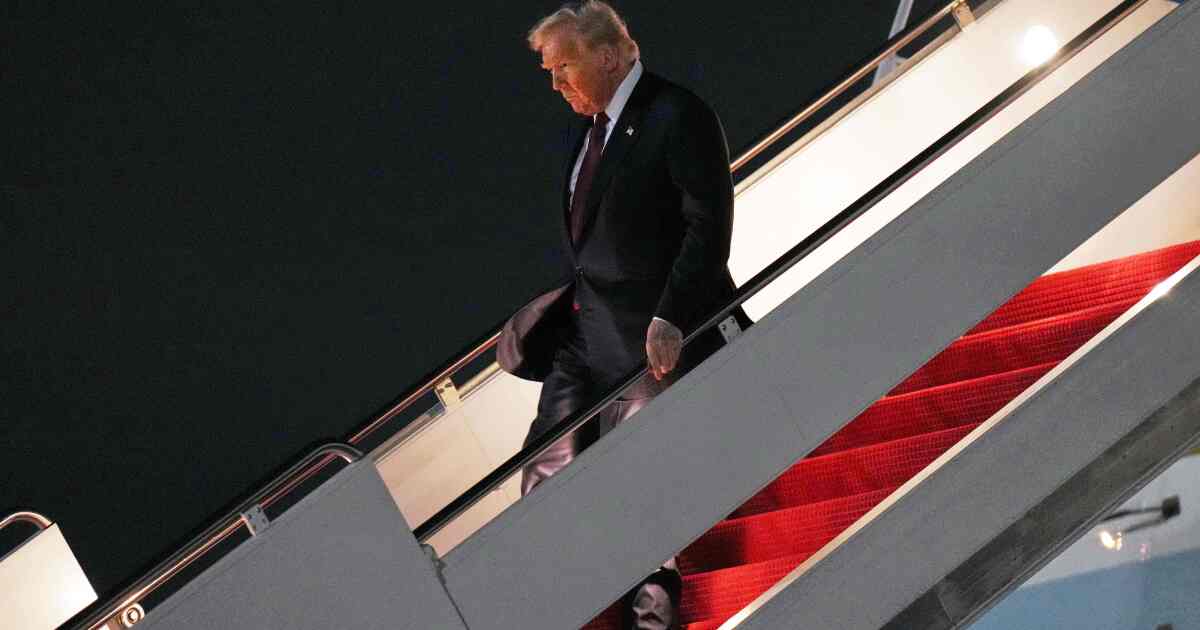We checked in to this stylish new hotel in west London and discovered stunning interiors, a tranquil garden and innovative drinks at the bar
A few minutes’ walk away from bustling Earls Court Road, past quiet cobbled mews, is Templeton Garden, chic European hotel group Miiro’s latest opening, and arguably London’s most stylish new hotel.
A former townhouse, its grand white-pillared entrance opens up into what looks like an interiors Pinterest board brought to life, an elegant colour palette of creams, beiges and rusts, with a light and airy lounge area leading onto a beautiful private garden out the back – a rare find in central London – with a terrace for taking lunch or drinks.
Stay between 17 November-24 December and get access to the hotel’s Ribbon Room, a Santa’s grotto stocked with beautiful papers and ribbons to wrap your finds from your Christmas shopping expedition like a pro, accompanied by a hot buttered Brugal cider, from Sprout, the hotel’s bar.
The rooms at Templeton Garden
The complimentary colour palette continues to the 156 bedrooms, which our Junior Suite was elegant and understated with soft plaster-pink walls and lots of fabric textures, and immediately made us want to redecorate ours at home. A pop of colour comes from the dark red tiled shower space in the bathroom, complete with marble bath, vintage-style brass fittings and Le Labo Santal 33 products. Sleeping here under the canopy bed feels special yet still homely – a tricky balance to get right.
The food and drink at Templeton Garden
Evenings at Templeton Garden begin with a drink at Sprout, lined with hand-painted wallpaper and low velvet seats arranged around lamp-lit tables, with a stunning gold oak leaf light fitting overhead.
The most interesting thing about this bar, however, is the drinks list. The Market Stall Menu features innovative cocktail creations using ingredients commonly found in the back of your cupboard, such as a Marmitini, Red Onion Manhattan and Anchovy Gimlet. The Specials Menu, meanwhile, uses seasonal fruit and vegetables, and changes regularly depending on what’s available.
Templeton Garden

A stylish new hideaway in London’s Earl’s Court.
We opted for the Sweet Pea Spritz, made, we were told, by separating the peas from their pods, roasting the pods, blending them both back together to make a cordial, then mixing them with vodka and sparkling wine. Fresh and slightly sweet, it was like nothing we’d ever tried before, and completely delicious.
It was then on to dinner at Pippin’s restaurant, where the focus is again on seasonal ingredients with lots of fresh herbs from the garden. The spring vegetable salad was a colourful plate of crunchy pickled veg and leaves atop a tangy cheddar emulsion, while for mains, the catch of the day was a delicious crispy-skinned stone bass paired with a herby, zingy chimichurri.
How much does it cost to stay at Templeton Garden?
Rooms at Templeton Garden start from £290 per night.



















